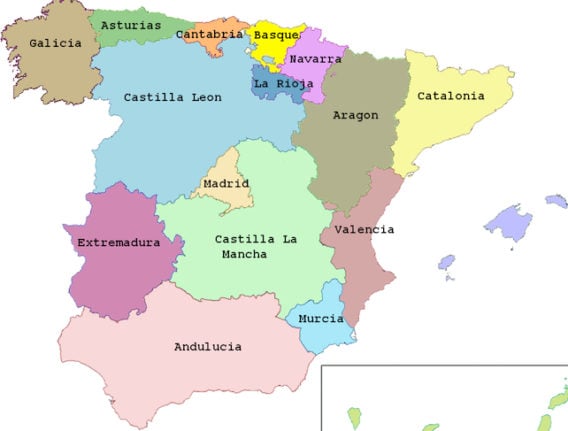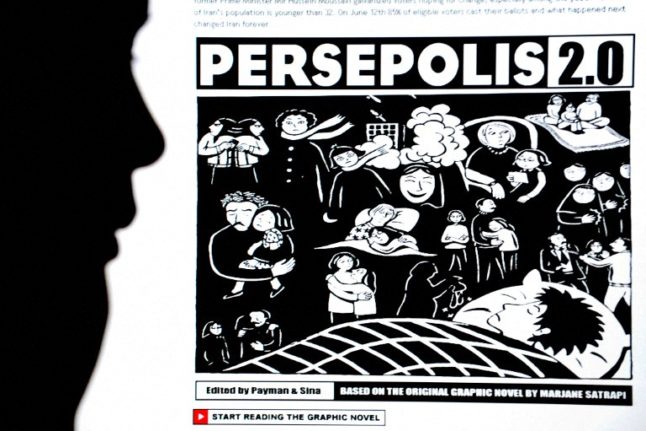Thanks to Artificial Intelligence, artist Lucas Freitas had turned each of Spain’s regions into a person and has posted them all on the Instagram account @postureoespanol.
According to American Scientist the way that AI-generated art works is that “artists write algorithms, not to follow a set of rules, but to ‘learn’ a specific aesthetic by analysing thousands of images. The algorithm then tries to generate new images in adherence to the aesthetics it has learned”.
16 images have been created, one for each region, except Navarra and the two autonomous cities in North Africa – Ceuta and Melilla.
Madrid, one of the most modern-looking images of them all, has been transformed into a young girl in front of a busy city scene and the famous Edificio Metrópolis.
View this post on Instagram
Catalonia on the other hand is a much more historic-looking image of a scholarly-looking man standing patriotically in front of the Senyera Catalan flag.
Galicia has become a sweet old grandmother in front of an old fishing village, while La Rioja is a very time-honored image of an old man holding a bottle of wine.
Both the Canary and the Balearic Islands and transformed into modern, slightly surrealist images where the islands’ seascapes have become part of the faces of the characters themselves.
Castilla-La Mancha unsurprisingly is a very Don Quixote-inspired image featuring a proud-looking peasant man in front of a vast landscape of rolling hills, windmills and the image of Don Quixote riding his horse.
View this post on Instagram
Valencia is represented by a very regal middle-aged man, dressed completely, right down to his hat in the colours of the Reial Senyera – the Valencian flag.
The regions of Andalusia, Asturias and Murcia are all represented by young girls dressed in some form of traditional dress that doesn’t immediately scream out where they’re from, while the Basque Country is represented by a young warrior-looking man with long hair – a type of Aragorn character from Lord of the Rings or a Jon Snow from Game of Thrones.



 Please whitelist us to continue reading.
Please whitelist us to continue reading.
Member comments